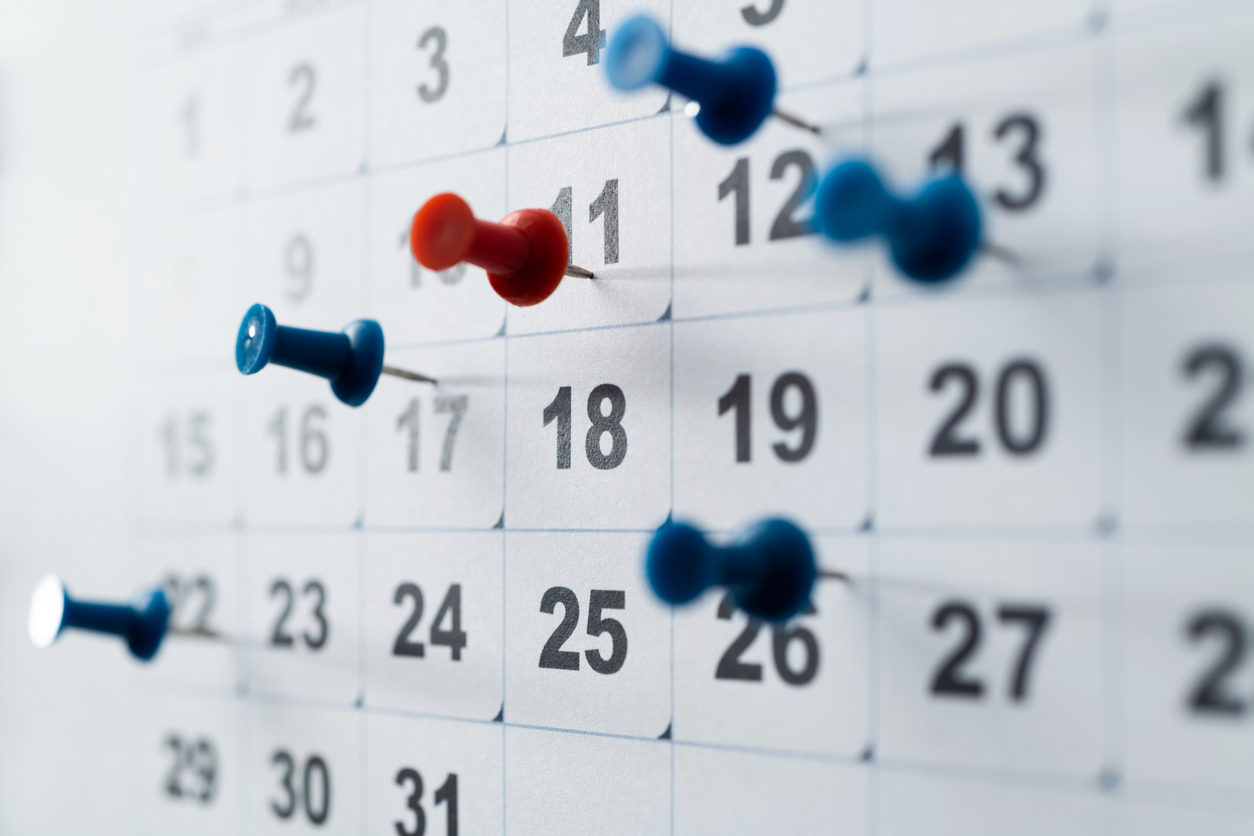4 questions to consider when strategically leveraging awareness days
There are right and wrong ways to do it.

Linda Rosenblum is media relations director at Red Thread PR.
We are inundated with campaigns from brands every day that are attached to some kind of awareness day or month. From impactful moments like Black History Month in February to lesser-known occasions like World Zombie Day (October 13, if you’re curious), it seems like every brand is leveraging these moments to stay relevant in the minds of their key audiences. But as consumers have come to anticipate these campaigns on their feeds, they are smart enough to cut through the nonsense, it begs the question of how effective this tactic is for the brands who participate in moments that feel more random than impactful.
Brands’ efforts to appear relevant by newsjacking every single awareness day is where they tend to fumble. Just think of Frontier Airlines, who has missed the mark a few times recently. First, they overlooked consumers’ money consciousness with a prank by offering fake $1 flights to Bora Bora on April Fool’s Day. The brand then, albeit with better intentions, celebrated Earth Day with discounted rates on flights – but what this deal ignored is that, despite Frontier being one of the more sustainable airlines, the industry as a whole is massively contributing to greenhouse gas emissions, which made this campaign feel a bit tone-deaf. Brands like Frontier might intend these campaigns as lighthearted, but what they really end up doing is fueling the perception that they aren’t prioritizing what should be their main focus: their audience.
And while the Frontiers of the world might set a bad example for how to leverage awareness days as key moments for PR/advertising activity, the good news is that we don’t have to sideline this tactic from the playbook quite yet. Instead, brands should focus on strategically leaning into fewer, yet more quality, calendar moments that not only align with their organization’s purpose but also their customers’ hearts and minds. For PR pros looking to more strategically leverage awareness days – or even for those wondering where to start when choosing a key moment to latch onto — ask yourself the following questions:
- Does an awareness day make sense for your marketing and PR goals? Ask yourself if this moment will best help you reach your audiences and convey the appropriate messages. While participating in awareness days might appear to be low-hanging fruit and a fun way to enter trending conversations, it can backfire when the day is misaligned with your goals. For example, if your goal is increasing brand message inclusion and your audience’s understanding of the brand, this tactic will fall short. Consider other tactics across the PESO model like paid media programs, influencer campaigns or longer activations that extend beyond just one moment in time.
- Does the awareness day have a natural association with your brand’s key offerings? There can be a benefit in leaning into an awareness day if it makes sense with a brand’s core offering. For example, we had a client in the coffee ingredient industry who had an ongoing partnership with a well-known café. Together, they offered a limited-time discount on a unique drink in celebration of National Coffee Day, and we used this as a key moment to engage media with this deal as a newsworthy hook. What’s most important is that our participation in this awareness day made sense given how closely National Coffee Day aligned with the brand’s offering. The media agreed, as we secured top-tier national media hits with this deal.
- Is there a connection to your brand’s mission, vision and values? Beyond what your company is offering, think about what it stands for – and where its values lie. Consumers, influencers and the media can easily sniff out if your brand is talking the talk without walking the walk by participating in an awareness day where you have no stake in the game. Consider brands like Apple, whose commitment to the LGBTQ+ community extends well beyond the confines of Pride Month; here, it makes sense that Apple does a little something extra during the month of June to recognize its commitment to embracing diversity and inclusivity all year round. However, brands who have not historically or are not currently dedicating time and resources to this community should not use this awareness month as a moment to join a conversation that they aren’t in the other 11 months of the year. Using awareness days should feel like a natural extension of your existing efforts; don’t force it if the day/month doesn’t align with what your brand is doing regularly.
- Are there any current conversations about this day/topic that give you pause? To determine whether or not it’s appropriate for your brand to chime in on an awareness day, take a look into what the current conversation looks like – both in the media and on social media. If there’s a negative sentiment among your audience surrounding a particular theme or moment, carefully analyze the implications of participating and not participating. For example, you may have seen recent public health alerts surrounding risks of E. coli in ground beef that have been widely covered by many top consumer media outlets. Food brands who might be planning to participate in any activations around National Hamburger Day on May 28 might consider keeping an eye on this conversation around the risks of ground beef products and proceed with caution.
No surprise here: not every awareness day or holiday makes sense for every brand. However, some are a total slam dunk. PR pros should always question if these moments make sense for their brands to join the conversation and if it will positively move the needle – or if they are better off looking for other moments that are more aligned with their core identity.
The PESO Model© was created by Spin Sucks






